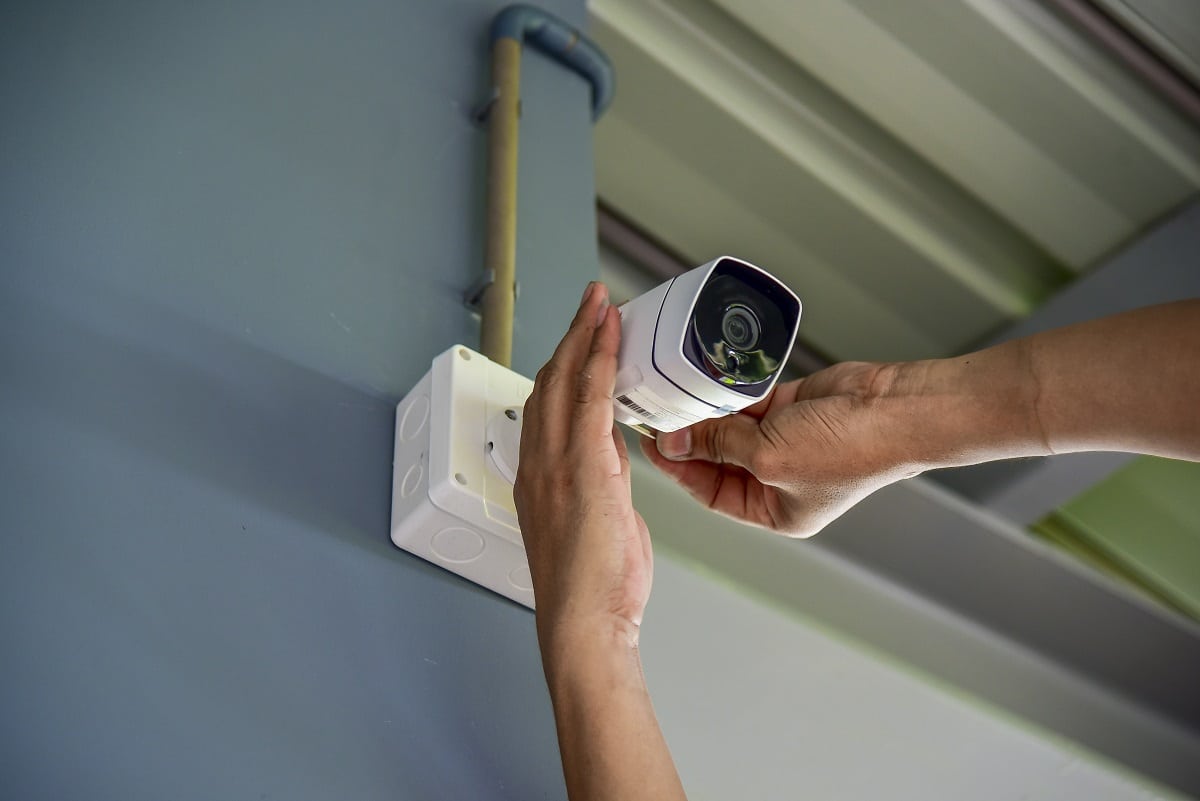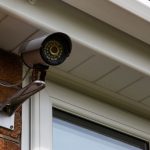I. Introduction
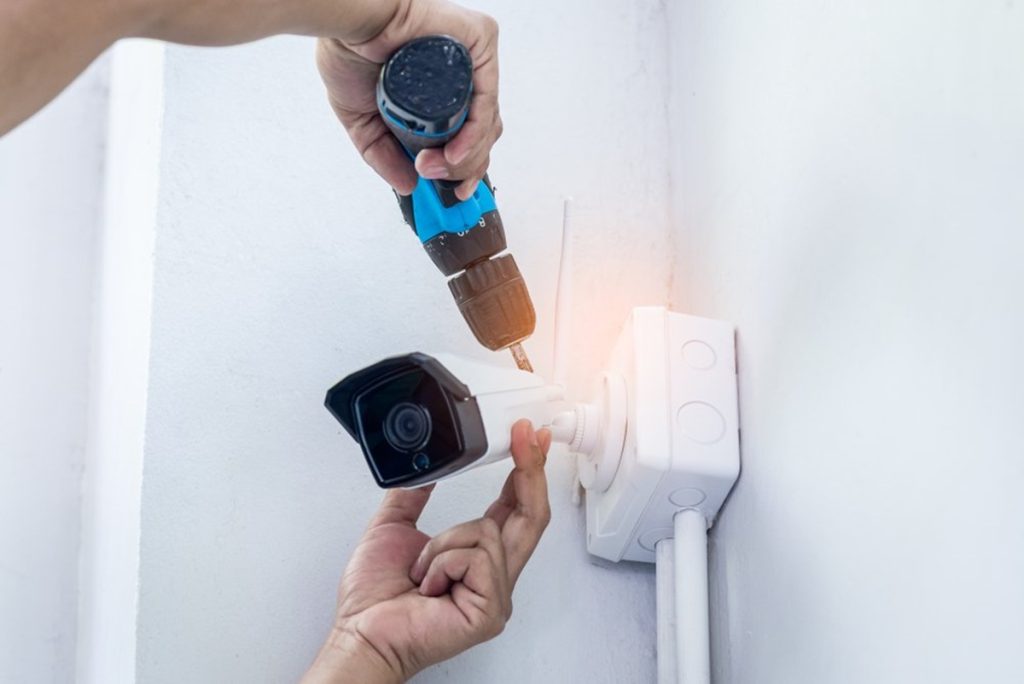
A. The importance of security camera installation in safeguarding homes and businesses Security camera installation plays a crucial role in ensuring the safety and security of both homes and businesses. With the rise in crime rates, it has become imperative to have a robust surveillance system to deter criminals, monitor activities, and provide evidence when needed.
B. The role of cost assessment in determining feasibility and budgeting Before embarking on any security camera installation project, it is essential to assess the cost involved. This assessment helps in determining the feasibility of the project and budgeting accordingly. Understanding the factors that influence the cost is vital for making informed decisions.
C. Overview of the article on calculating the cost of security camera installation In this article, we will explore the various factors that affect the cost of security camera installation. We will discuss different types of cameras, the number of cameras required for comprehensive coverage, camera resolution, and image quality considerations, as well as additional features and accessories that can impact the overall cost.
II. Factors Affecting the Cost of Security Camera Installation
A. Types of security cameras and their features
- Wired cameras Wired cameras require a physical connection to transmit video signals. They are typically more reliable and offer better video quality than wireless alternatives. However, the installation process can be more time-consuming and may require professional help.
- Wireless cameras Wireless cameras transmit video signals wirelessly using Wi-Fi or other wireless protocols. They offer more flexibility in terms of installation locations but may be prone to interference and lower video quality compared to wired cameras.
- IP cameras IP cameras, also known as network cameras, capture and transmit video over an IP network. They offer advanced features like remote accessibility and high-resolution video. However, they can be more expensive than traditional analog cameras.
B. Number of cameras needed for comprehensive coverage
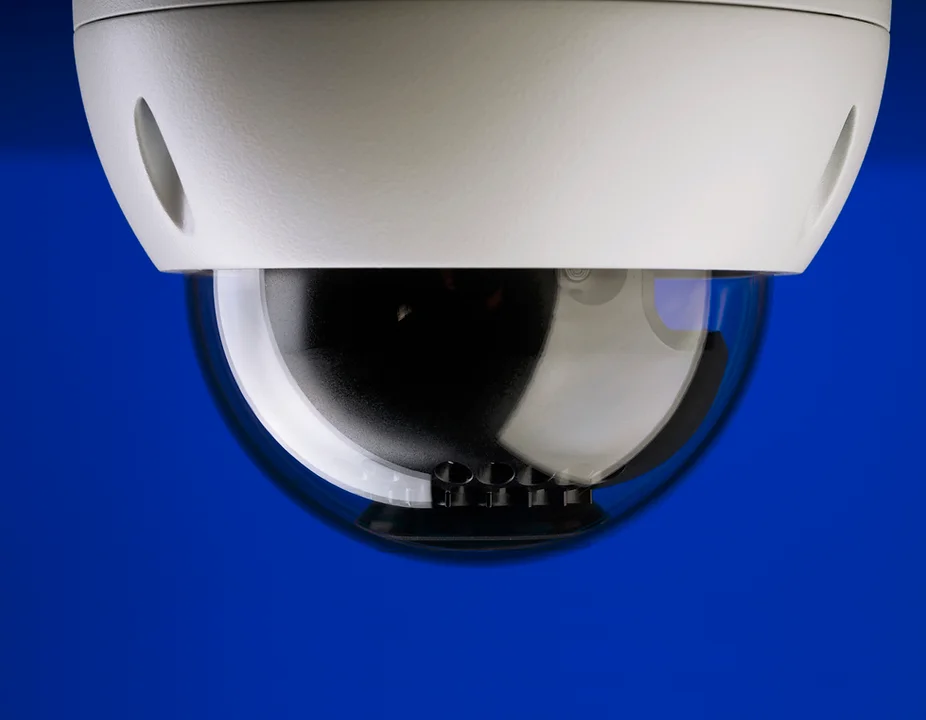
The number of cameras required for comprehensive coverage depends on the size and layout of the premises. A thorough assessment of the property is essential to identify blind spots and areas that need surveillance. Factors such as entry points, vulnerable areas, and desired coverage level play a role in determining the number of cameras needed.
C. Camera resolution and image quality considerations
The resolution of security cameras determines the clarity and level of detail in captured footage. Higher resolution cameras provide clearer images, but they tend to be more expensive. It’s crucial to strike a balance between resolution and budget to ensure adequate image quality for the intended purpose.
D. Additional features and accessories
- Infrared night vision Infrared (IR) night vision is a critical feature for surveillance cameras, especially in low-light or no-light conditions. Cameras equipped with IR illuminators can capture video even in complete darkness, enhancing the overall security coverage. However, IR-enabled cameras can be more costly than those without this feature.
- PTZ (pan-tilt-zoom) functionality PTZ cameras allow users to remotely control the camera’s movement, enabling them to pan, tilt, and zoom within a specific area. This functionality offers flexibility in monitoring and tracking suspicious activities. However, PTZ cameras are generally more expensive than fixed cameras.
- Weatherproofing and vandal resistance For outdoor security camera installations, it is crucial to choose cameras that are weatherproof and vandal-resistant. These features ensure the durability and longevity of the cameras, even in harsh conditions. However, cameras with such protective features may come at a higher cost.
III. Assessing Installation Requirements and Costs
A. Determining camera placement and coverage areas
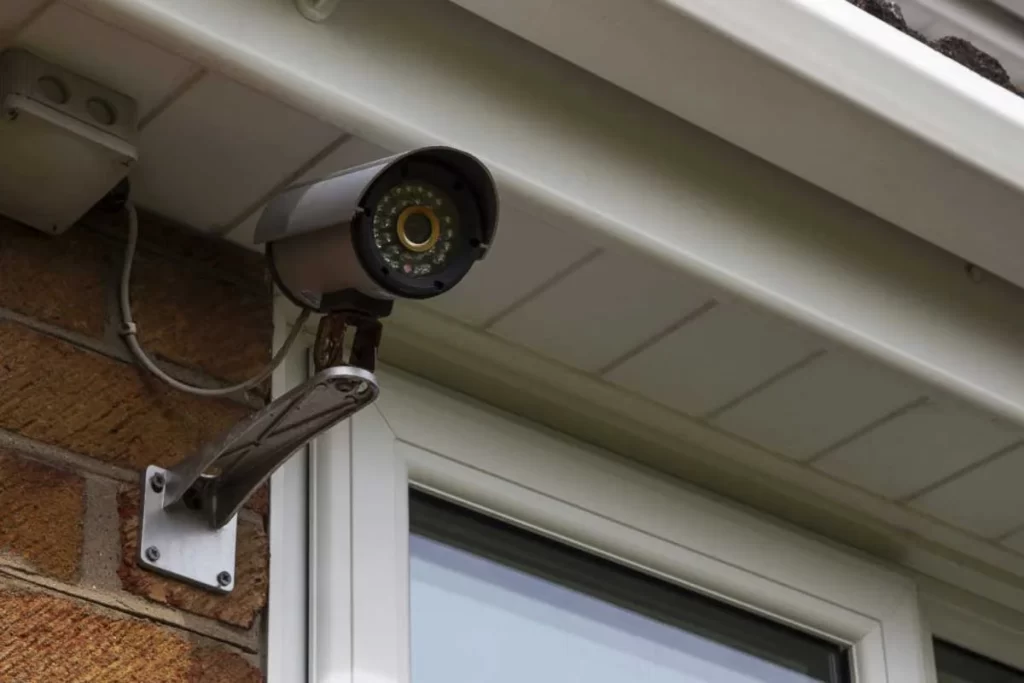
When it comes to installing security cameras, it’s essential to carefully evaluate where they should be placed to maximize their effectiveness. Start by identifying the exterior surveillance zones that need coverage. These zones can include entrances, parking lots, and other areas outside the building that require monitoring. Additionally, consider the interior surveillance zones, such as high-value storage rooms or areas where sensitive information is kept.
Thoroughly assess each location to determine the ideal placement for the cameras. Consider factors such as lighting conditions, potential obstructions, and viewing angles. The goal is to ensure that every crucial area is covered without any blind spots.
B. Conducting a site survey to identify installation challenges
Before installing security cameras, it’s crucial to conduct a site survey to address any potential installation challenges. This survey will help identify any wiring and cabling requirements that need to be met. Evaluate if existing wiring infrastructure can support the new cameras or if new cabling needs to be installed.
Additionally, assess the availability of power sources in the desired camera locations. Consider if power outlets are conveniently located or if additional electrical work is required. These site surveys will assist in determining the feasibility of the installation and allow for proper planning.
C. Hiring professional installers vs. DIY installation
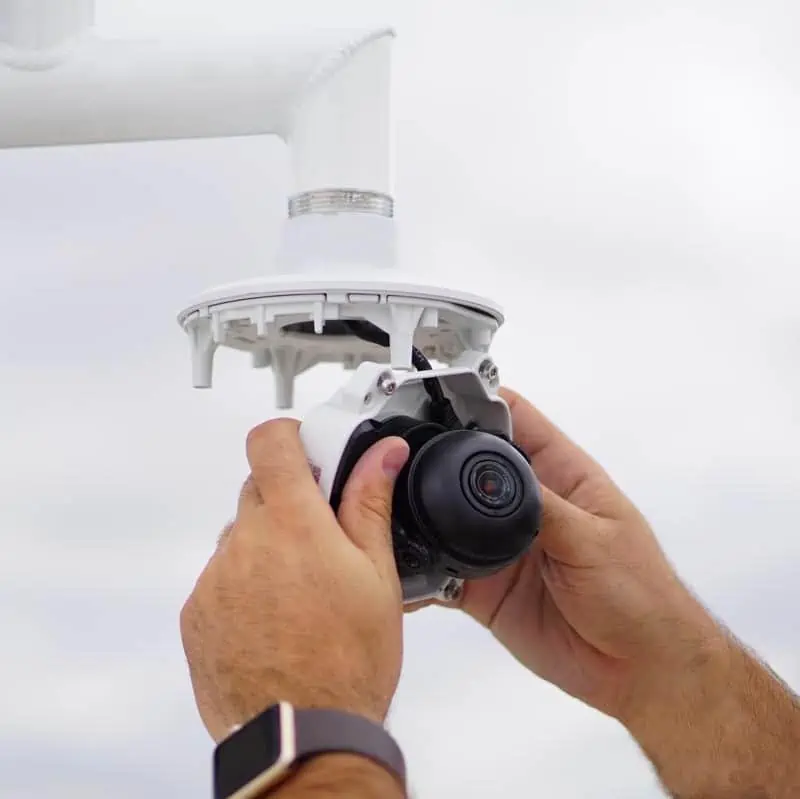
The decision to hire professional installers or attempt a DIY installation depends on various factors, including your technical skills, time availability, and the complexity of the installation. Professional installers bring expertise and experience to the table, ensuring that the cameras are correctly installed and optimized for performance.
DIY installation can save costs on labor but may require a time investment and potential mistakes that could impact the effectiveness of the security system. Consider your comfort level with technical installations and the potential risks before making a decision.
D. Obtaining quotes and comparing installation costs
To accurately budget for security camera installation, it’s essential to obtain quotes from multiple vendors and compare installation costs. When requesting quotes, provide detailed information about the required camera placements, coverage areas, and any other specific requirements.
Quotes should include labor costs, equipment costs, and any additional charges or hidden fees. For transparency, it’s necessary to inquire about any ongoing maintenance or monitoring costs that might be included or required later on. Carefully review each quote and consider the expertise and reputation of the vendors before making a final decision.
IV. Budgeting for Security Camera Installation
A. Setting a realistic spending limit
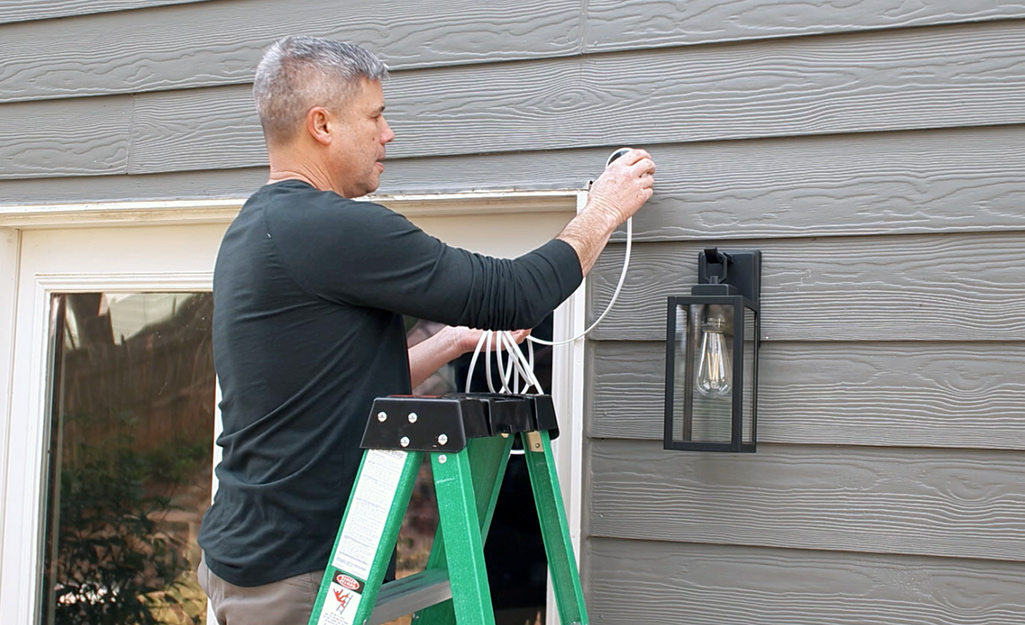
Before diving into the installation process, it’s crucial to establish a realistic spending limit for the security camera installation project. Consider your overall budget for security measures and prioritize accordingly.
B. Prioritizing camera locations and coverage areas
Take the time to prioritize camera locations and coverage areas based on their criticality to the security infrastructure. Allocate more budget to high-security zones, such as entrances or areas with valuable assets. The goal is to ensure that the most vulnerable areas receive adequate coverage within the established budget.
C. Researching and comparing equipment prices
Research different equipment options, including cameras, cables, and recording devices. Compare prices from various vendors to ensure that you are getting the best value for your money. Be cautious of extremely low-priced equipment that may compromise quality and performance.
D. Considering long-term maintenance and monitoring costs
Factor in long-term maintenance and monitoring costs when budgeting for security camera installation. These costs can include software licenses, firmware updates, and ongoing support. Ensure that your budget can accommodate these costs to maintain the effectiveness of the security system over time.
